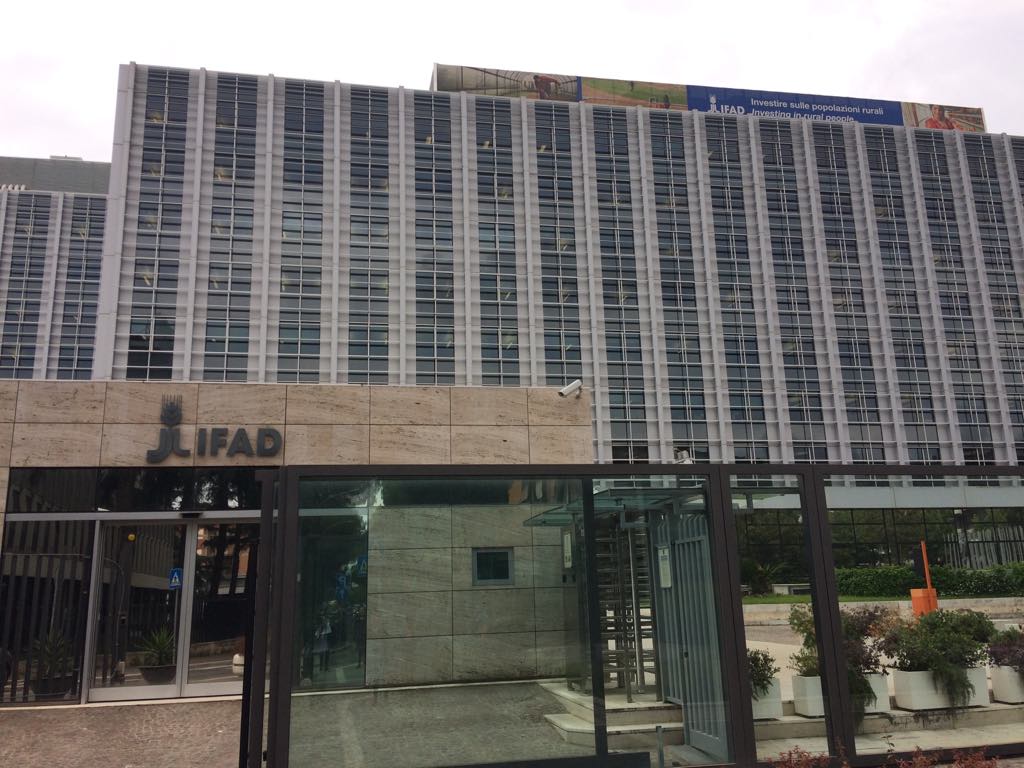There is growing need to engage youth across sectors. Ensuring that their voices are heard, skills and expertise valued. But who exactly is targeted when you refer to youth?
Literature highlights that, there is no clear definition on what constitute youth. In some countries, youth comprises of individuals in the age between 12 and 35 (Leavy & Smith, 2010) , while in other countries, it is from the age of 8 years to 35 (FAO, 2002). The United Nations considers youth to encompass the people between the age of 15 and 24, whereas the African Union considers youth to be from the age of 15 to 35 years of age.
Adolescence is the period from the start of puberty until physical and emotional maturity is reached. ‘Adolescents’ are a group that is asserted in the definition of youth. In general, young people are described as a group of people in the transition during which children and adolescents gradually become recognised as adults – the intermediary between childhood and adulthood. However, defining youth goes beyond age, they are a heterogeneous group (IFAD, 2007). Youth are a diverse group of individuals, with different experiences, drivers, aspirations, challenges which essentially leads to their varied ideas . While there is this difference, there is also a class difference among youth – the rural and urban youth.
Thus, the varying ages, gender, employment status, skills and capacities mean that their livelihood options will be different and projects targeting youth will need to account for this.

